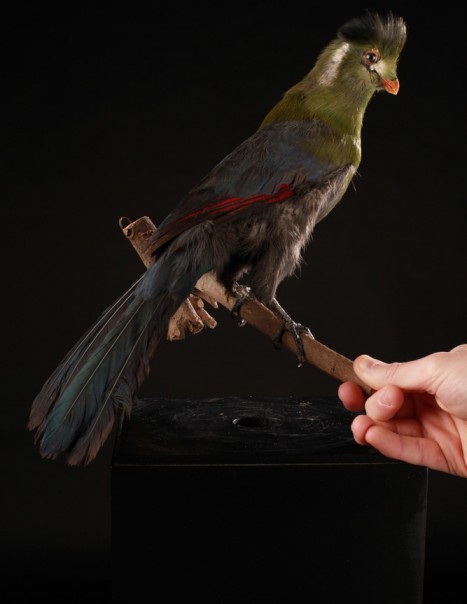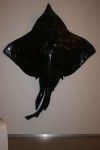White-cheeked Turaco – Tauraco leucotis
White cheeked Turaco – Tauraco leucotis
The white cheeked turaco is a species of bird in the Musophagidae family.
It lives in Eritrea, Ethiopia and South Sudan. This species is emblematic of Ethiopia.
In adults, forehead, neck, throat, chest and upper parts are green. A narrow black band, often barely visible, develops in the eye. The beak is red with a greenish base around the nostrils, the latter being largely retail obscured by feathers. Legs and feet are black. Immature are similar to their parents.
They have a very characteristic habitat: they are generally found in mountainous juniper forests at altitudes ranging from 2.200 to 3.200 meters, tall trees galleries, thick bushes along the rivers and in all kinds of woodland habitats except acacias.
Two subspecies are officially recognized:
- T.L. leucotis
- T.L. donaldsoni
These birds are arboreal, they come down to earth for bathing or drinking, they move from tree to tree with some agility. All touracos without exception are highly territorial and remain in family group for long periods.
They nest alone and is probably monogamous. Despite the high altitude at which they live, turacos are sedentary throughout their range. The nesting season is in April in Eritrea and from June to November in Ethiopia. They build a broad platform with dry twigs they assemble fairly randomly, it is placed at approximately 7 to 10 meters above the ground.
Laying includes two whitish eggs that are incubated by both parents for 22 or 23 days. When they are born, the chicks are covered with black down. After 18 or 19 days, they leave the nest and begin to climb the neighboring branches. 25 or 26 days after hatching, they are able to fly.
These fruit-eaters, consuming fruits and juniper berries that make up the greater part of their environment. During the period of breeding, animal food can be ingested as caterpillars, butterflies, beetles, snails, slugs and termites.





